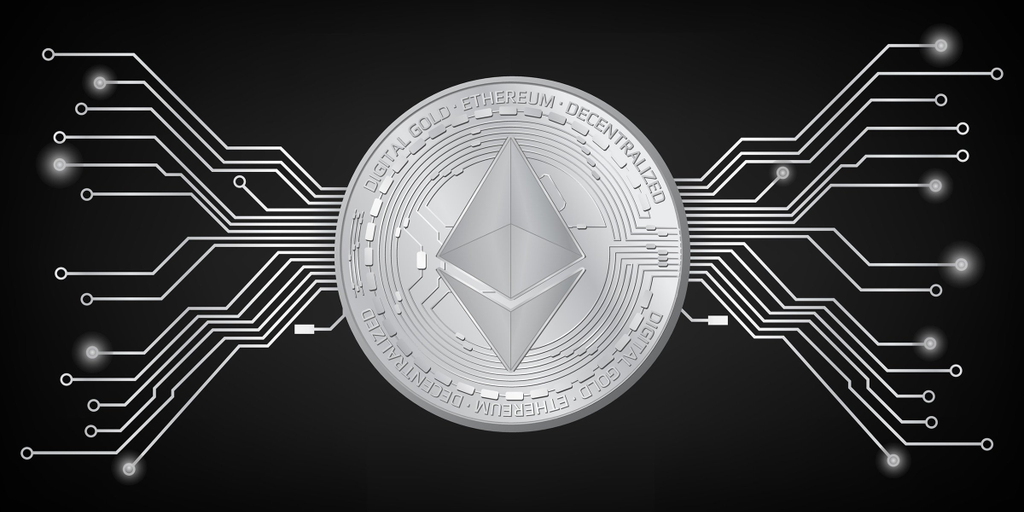Understanding the Pectra Upgrade for Ethereum
Ethereum continues to evolve, and its latest upgrade, known as Pectra, is generating significant buzz within the cryptocurrency community. This upgrade is poised to enhance the functionality and scalability of the Ethereum network, which has been a hot topic among developers and investors alike.
With the recent launch on the Sepolia testnet, the Ethereum team is conducting critical tests to ensure that everything works smoothly before the mainnet launch. In this article, we will delve into the importance of the Sepolia testnet and how the Pectra upgrade can potentially transform the Ethereum ecosystem.
What is the Sepolia Testnet?
The Sepolia testnet is one of several test networks utilized by Ethereum developers to simulate real-world conditions without the risks associated with handling actual assets. Testnets allow developers to:
By leveraging the Sepolia testnet, the Ethereum team can gather valuable feedback and make necessary adjustments before a full-scale launch on the mainnet.
The Significance of a Successful Roll-Out on Sepolia
A successful roll-out on the Sepolia testnet is crucial for the Pectra upgrade for several reasons:
1. Risk Mitigation: Identifying and resolving issues during the testing phase helps minimize risks associated with the mainnet launch. This ensures that users do not face unexpected problems when the upgrade goes live.
2. Performance Evaluation: The testnet provides a controlled environment for evaluating the performance of the Pectra upgrade. Metrics such as transaction speed, gas fees, and network stability can be measured and optimized.
3. Community Feedback: Engaging the developer community during the testing phase allows for constructive feedback and collaboration. This helps in refining the upgrade and ensures it meets the needs of its users.
4. Confidence Building: A smooth testing experience on the Sepolia testnet instills confidence among investors and users. It signals that the development team is thorough and committed to delivering a robust product.
The Road Ahead: Challenges Faced During Testing
Despite the optimistic outlook, the Pectra upgrade has encountered some issues during its testing phase on the Sepolia testnet. Addressing these challenges is essential for a successful transition to the mainnet.
Common Issues Faced
Several issues have been reported during the test phase, including:
These challenges highlight the importance of rigorous testing and the need for ongoing adjustments to ensure a seamless mainnet launch.
Strategies for Addressing Issues
To overcome the challenges faced during the Sepolia testnet launch, the Ethereum development team can implement several strategies:
1. Increased Monitoring: Continuous monitoring of network performance and user feedback can help identify issues in real-time, allowing for quick resolutions.
2. Collaborative Debugging: Engaging the community for collaborative debugging can lead to faster identification of bugs and more effective solutions.
3. Iterative Testing: Implementing an iterative testing approach allows for gradual improvements. Each testing cycle can focus on specific areas of concern, ensuring that issues are addressed systematically.
4. Documentation and Communication: Maintaining clear documentation of known issues and communicating updates to the community fosters trust and transparency, which is critical in the cryptocurrency space.
Looking Forward: The Impact of the Pectra Upgrade
If the issues are resolved successfully and the Pectra upgrade is launched on the Ethereum mainnet, the impact could be substantial. Here are a few potential benefits:
1. Enhanced Scalability
The Pectra upgrade is expected to improve the scalability of the Ethereum network. This means more transactions can be processed simultaneously, reducing congestion and lowering gas fees for users.
2. Improved Security
With enhancements in smart contract capabilities, the upgrade aims to bolster the security of decentralized applications (dApps) on the Ethereum network. This, in turn, builds trust among developers and users.
3. Greater Adoption
As Ethereum scales and improves, it may attract more developers and users, leading to greater adoption of the platform. This increased interest can result in a positive feedback loop, further stimulating growth.
Conclusion
The Pectra upgrade is a pivotal development for Ethereum, and the successful roll-out on the Sepolia testnet is a vital step towards its mainnet launch. By addressing the challenges faced during testing, the Ethereum team can ensure a robust upgrade that enhances the network’s functionality and scalability.
As the cryptocurrency landscape continues to evolve, keeping an eye on the progress of the Pectra upgrade will be essential for investors, developers, and enthusiasts alike. The journey to a more efficient Ethereum network is just beginning, and the community’s engagement will play a crucial role in shaping its future.





